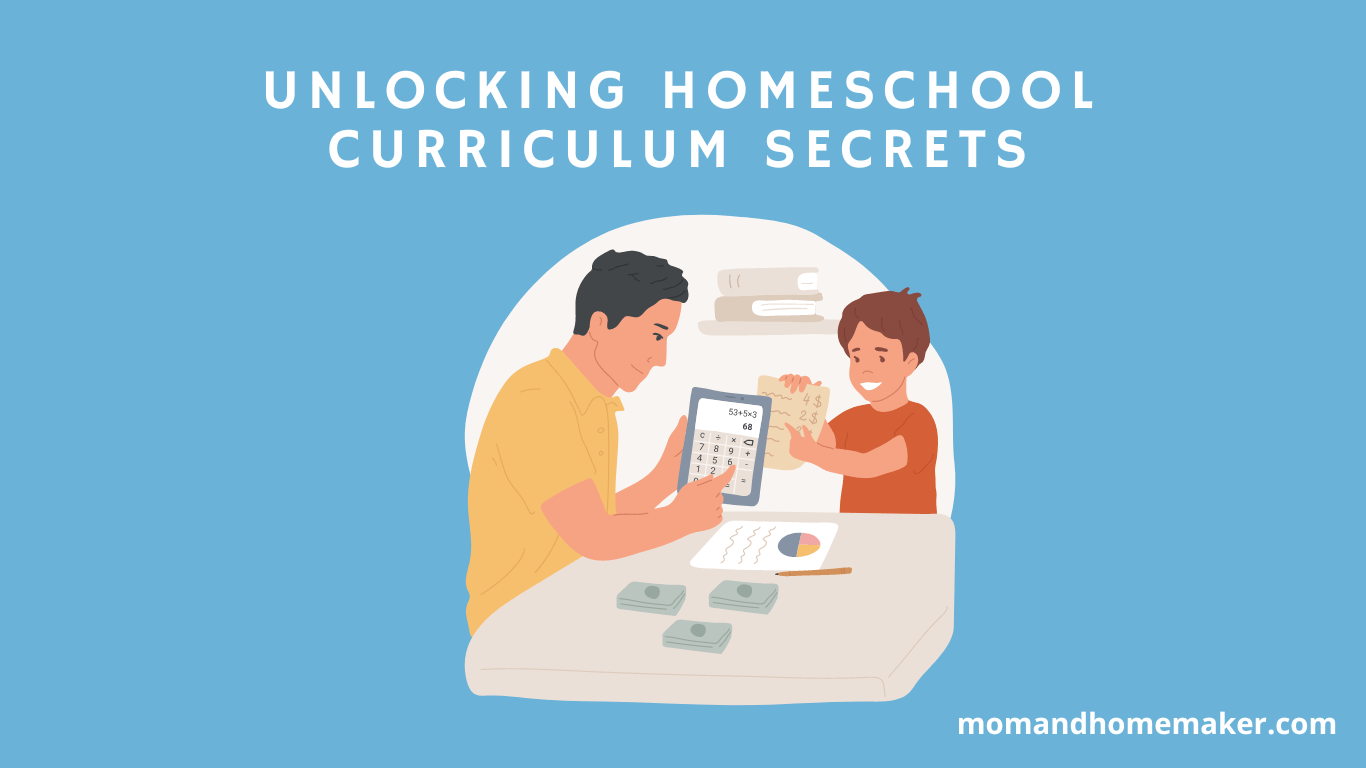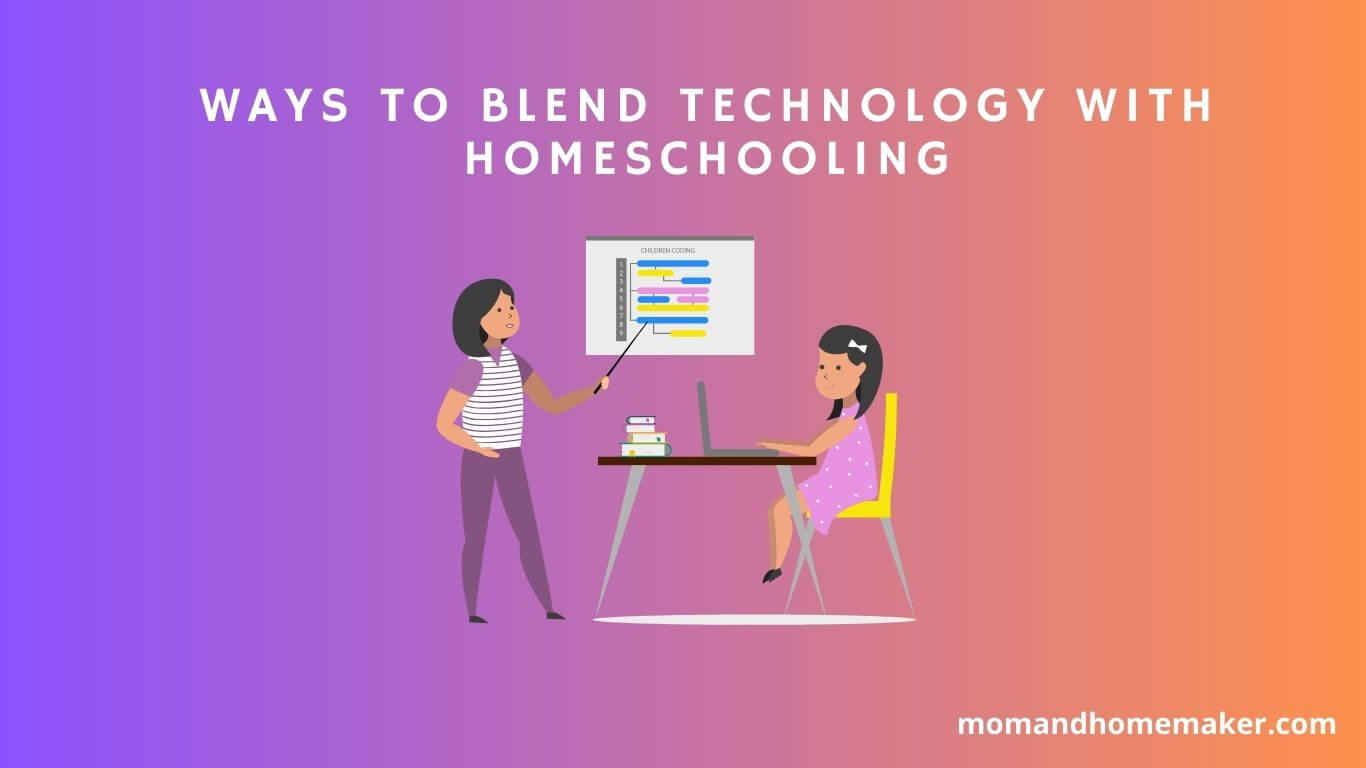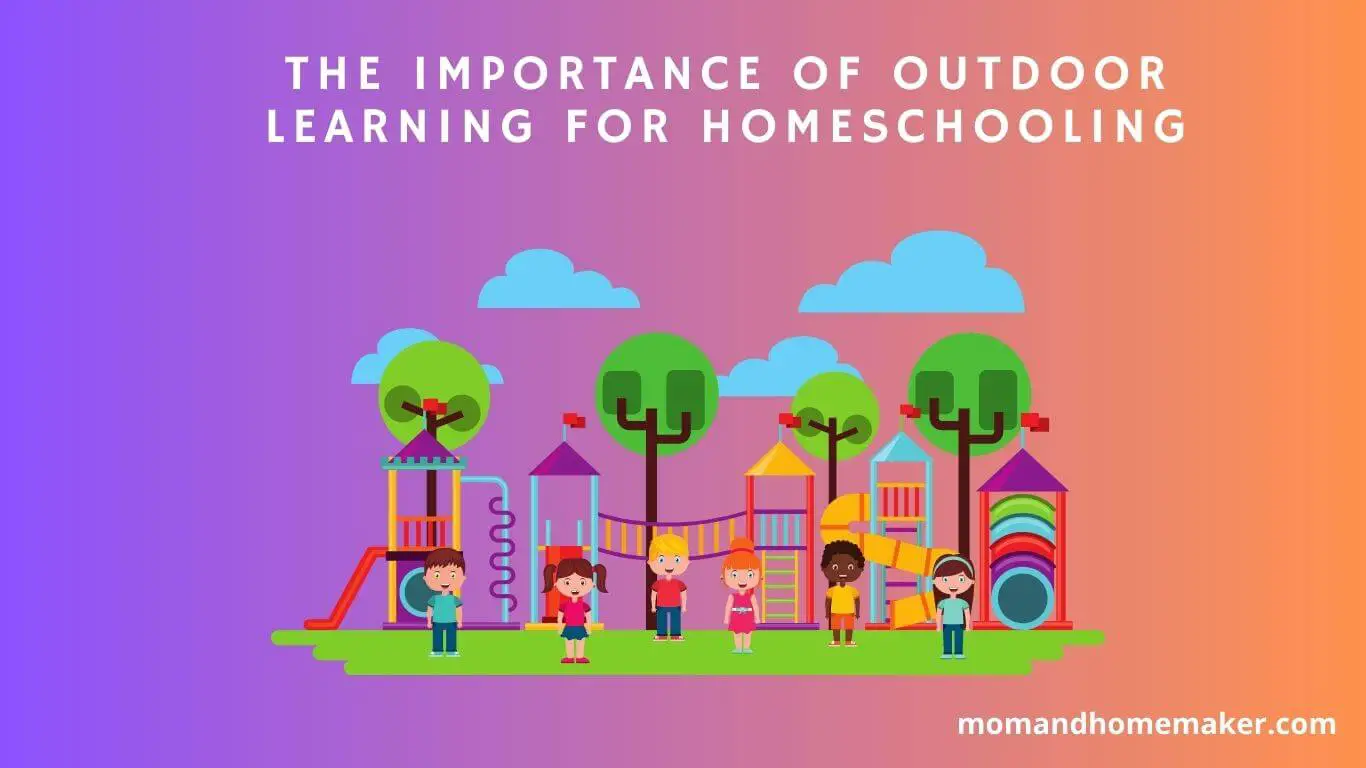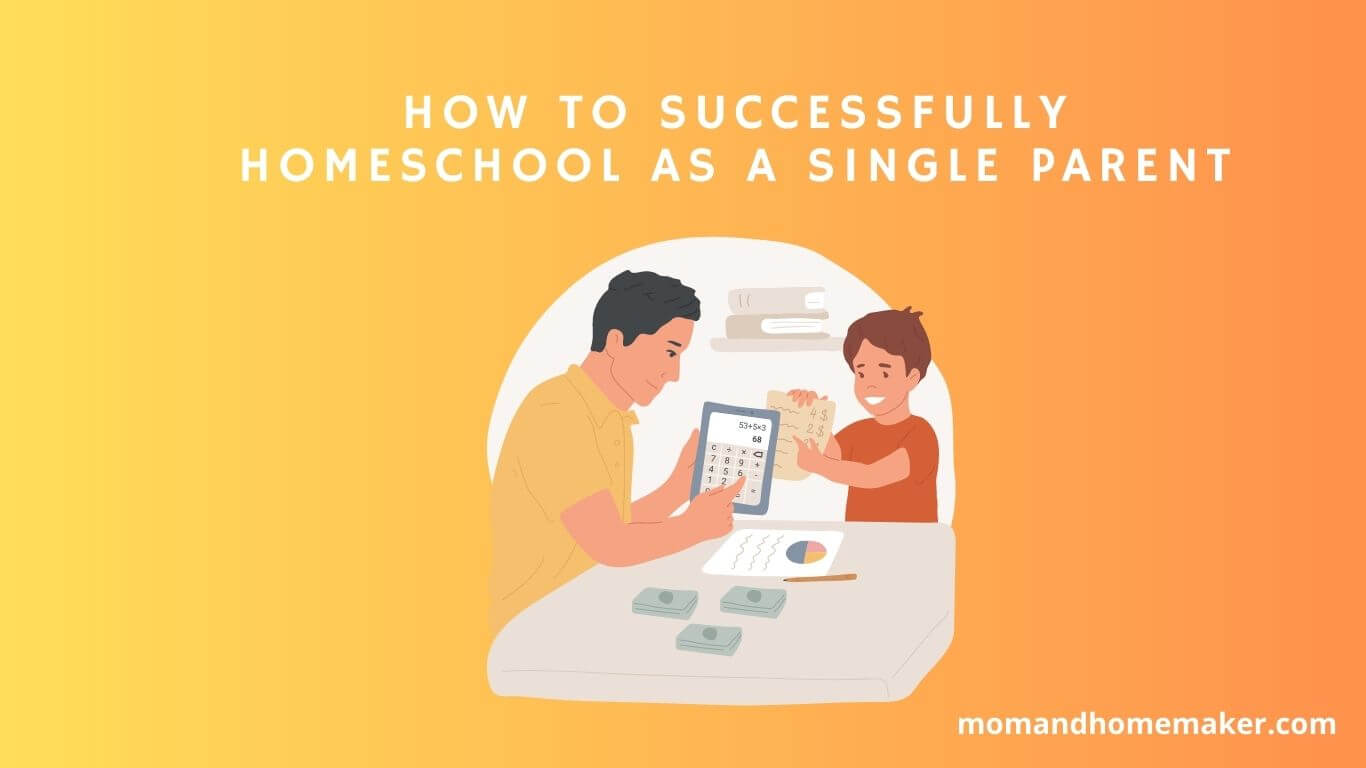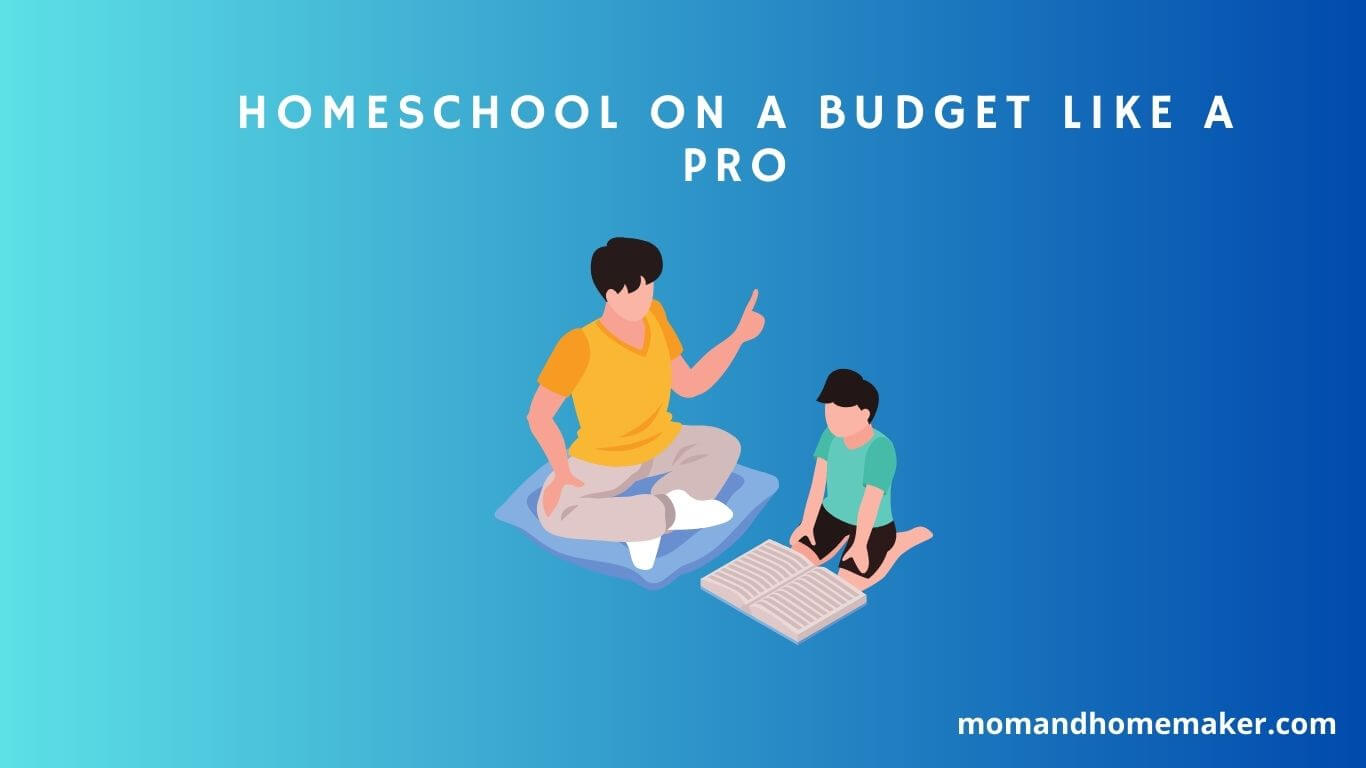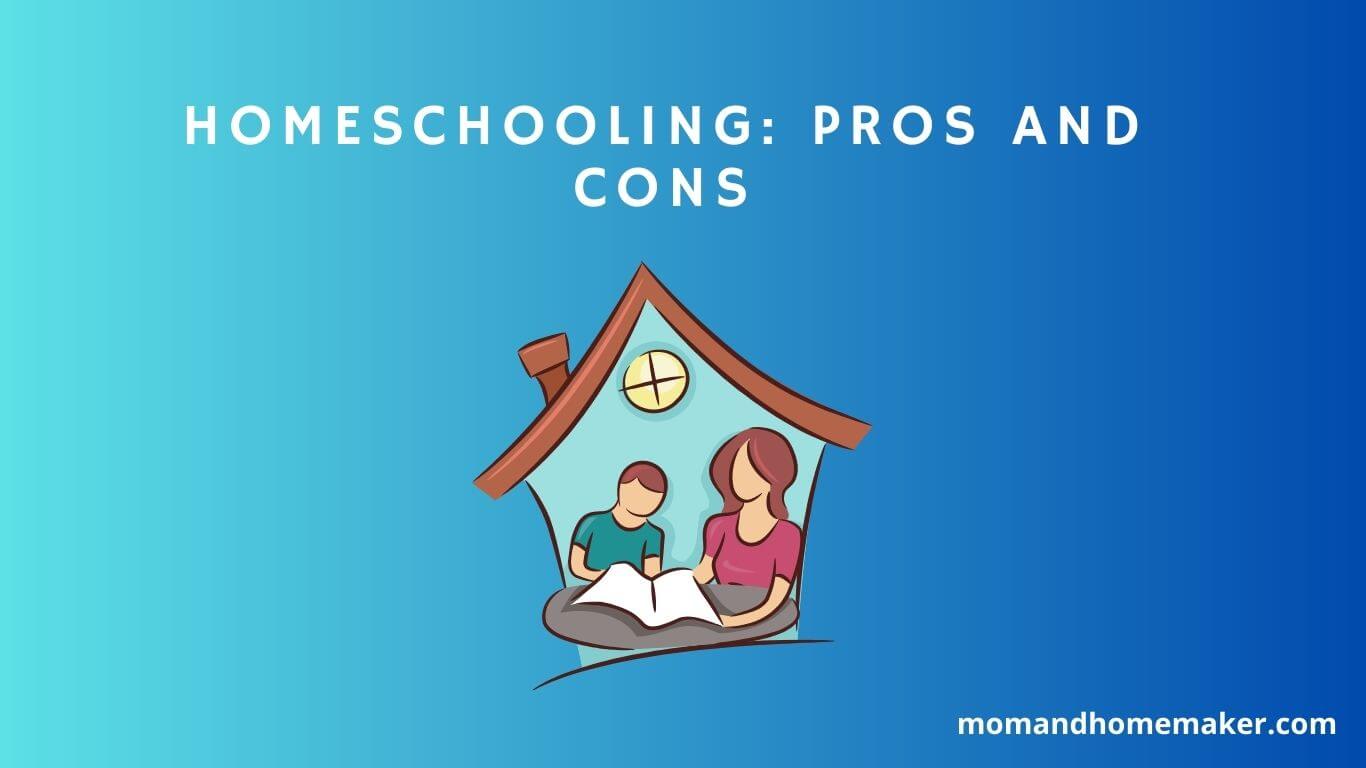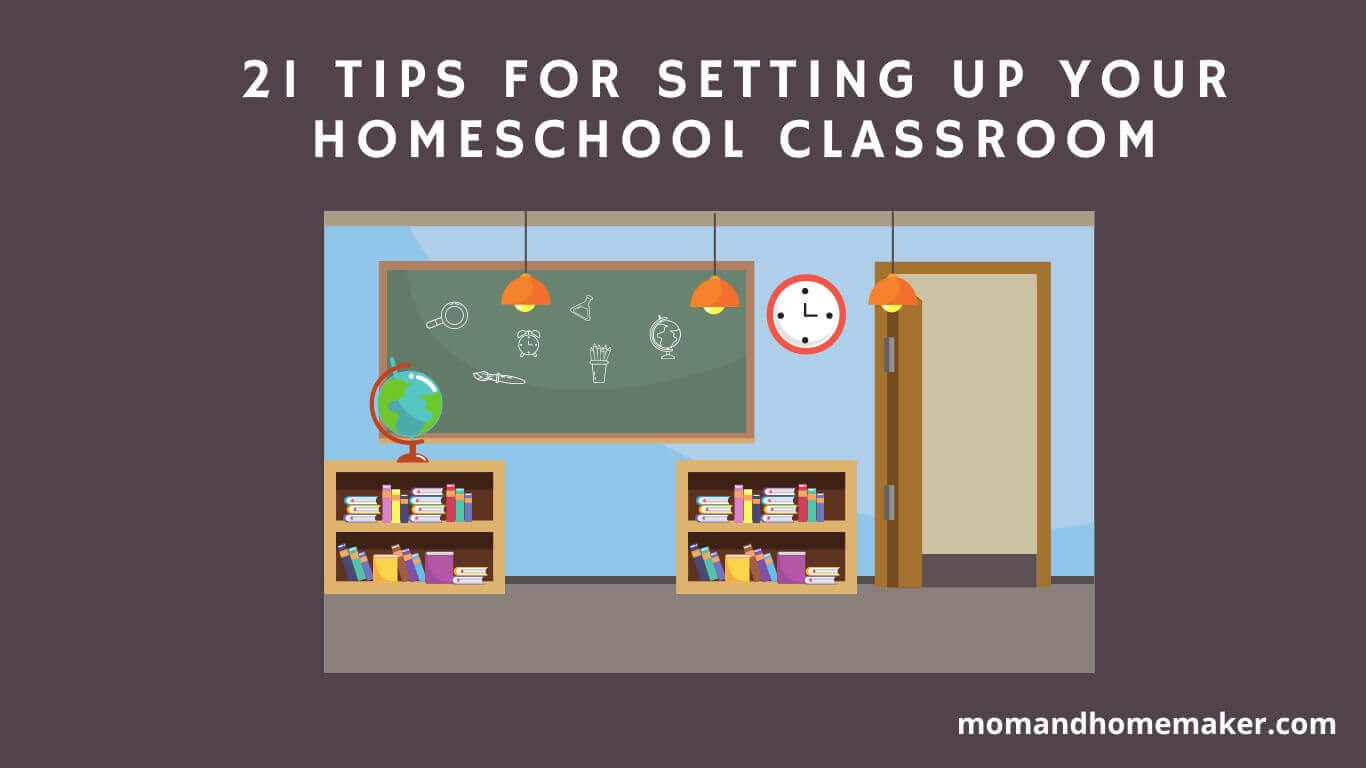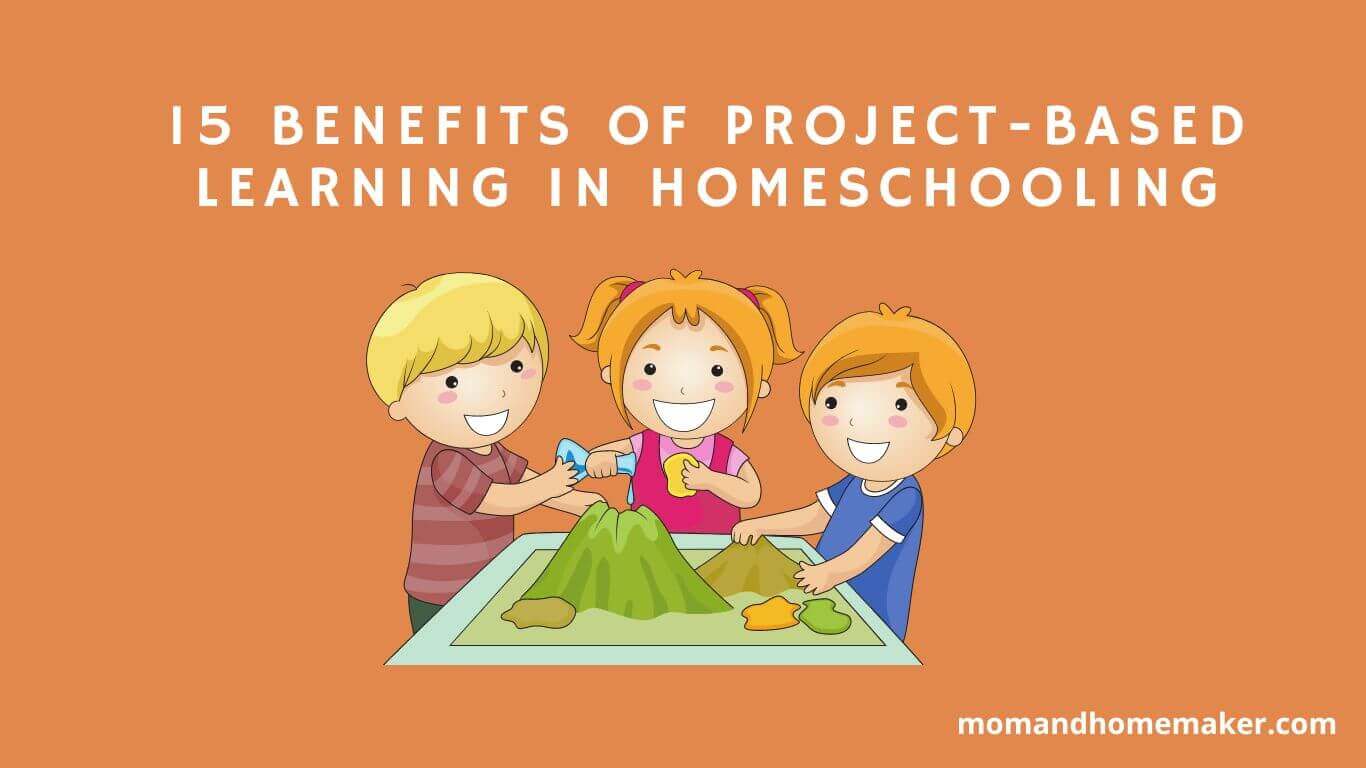As a homeschooling parent, I know firsthand that there is no one-size-fits-all approach to educating your children at home. However, there are some basic rules that every family should consider implementing in order to create a successful and fulfilling homeschool experience.
First and foremost, it’s important to establish a daily routine. This doesn’t mean that you have to stick to a strict schedule every day, but having a general routine can help provide structure and stability for your children.
For example, you might have breakfast together as a family each morning before starting your schoolwork. Then, you could schedule breaks throughout the day for snacks or outdoor playtime.
By creating a routine that works for your family, you’ll be able to maintain consistency and help your children stay focused on their learning goals.
Table of Contents
Establishing A Routine
Creating structure is essential in any learning environment. It allows for a sense of predictability and comfort, which can lead to increased productivity. However, it’s important to find a balance between structure and flexibility. Homeschooling provides a unique opportunity for families to tailor their routines to fit their individual needs. Consider each family member’s personality, age, and learning style when establishing your daily schedule.
Another key aspect of establishing a routine is balancing work and play. While it’s important to dedicate time to academic pursuits, it’s equally crucial to allow room for creativity and leisure activities. Incorporating breaks throughout the day can help prevent burnout while keeping energy levels high.
Managing distractions is also critical in maintaining focus during homeschool hours. It can be tempting to multitask or let household responsibilities take priority over schoolwork. Setting boundaries with technology use and designating specific areas of the house for learning can help minimize distractions and increase productivity.
Setting Goals And Objectives
This means taking the time to think about what you want your children to learn, how you will measure progress, and what adjustments you may need to make along the way. By setting clear goals and objectives, you can ensure that your homeschooling experience is both effective and rewarding.
Goal setting is an ongoing process that should be revisited frequently. Start by thinking about what subjects or skills your child needs to learn and create specific, measurable goals around those areas. Consider using a tracking system to monitor progress and make adjustments as needed. Celebrate achievements along the way to keep motivation high.
Remember that goal setting is not a one-time activity but rather an ongoing process that involves adjusting objectives as needed. Be flexible in your approach and willing to change course if something isn’t working.
By staying focused on your goals, measuring progress regularly, tracking milestones, making adjustments when necessary, and celebrating successes along the way, you’ll create a homeschooling experience that is both effective and enjoyable.
Creating A Dedicated Learning Space
It is important to create a dedicated learning space in your home that maximizes space, minimizes distractions, and promotes an atmosphere of learning. First, choose a specific area of your home where you can set up a designated learning space. It could be a spare room, a corner in the living room, or even the dining table. The key is to make sure it’s an area where your children can focus and won’t be distracted by other activities happening in the house.
Once you’ve chosen your space, start incorporating organization tips to keep everything in order. This includes having plenty of storage solutions such as bookshelves and bins to keep materials organized.
Now comes the fun part – decorating! Creating a learning atmosphere doesn’t have to be boring or sterile. Add colorful posters with educational themes or motivational quotes on the walls. Use bright colors for furniture and accents to make it feel inviting and cheerful. Don’t forget to incorporate comfortable seating options like bean bags or floor cushions for those times when your children need a break from sitting at their desks.
With these tips in mind, you’ll have a dedicated learning space that will help your children thrive academically and creatively. As you can see, creating a dedicated learning space is crucial for homeschooling families who want their children to succeed.
By maximizing space, minimizing distractions, incorporating organization tips, and adding decor ideas that promote an atmosphere of learning, you’ll set your children up for success.
Choosing Appropriate Curriculum Materials
Choosing appropriate curriculum materials is essential. There are many resources available online and in your community to help guide you through the process. When choosing appropriate curriculum materials, it’s important to consider your child’s learning style. Some children learn best through hands-on activities, while others thrive with visual aids.
It’s also essential to balance structure and flexibility in your curriculum. You want to provide enough structure to keep your child on track and ensure they are meeting educational standards but also allow for flexibility in case your child needs more time with a particular subject or wants to explore something in-depth.
Incorporating real-world experiences into your curriculum is another great way to make sure your child is engaged and learning actively. Whether it’s taking field trips or doing hands-on experiments at home, these experiences will help solidify concepts and make learning fun for both you and your child.
By adapting to their learning styles and incorporating real-world experiences, you can create a well-rounded curriculum that will set them up for success.
Encouraging Active Participation
As homeschooling parents, our ultimate goal is to provide our children with a well-rounded education that prepares them for life beyond the classroom. One way to achieve this is by encouraging active participation in their learning experience.
Active learning involves more than just listening and taking notes; it requires engagement, involvement, collaboration, and hands-on experience. To promote student engagement, we need to provide opportunities for our children to take ownership of their education. This can be achieved through project-based learning, where students work collaboratively on a real-world problem or challenge.
Parent involvement is also crucial in fostering active learning; we need to be present and available to guide and support our children as they navigate their educational journey. Peer collaboration is another important aspect of active learning. When students work together in groups or pairs, they can learn from each other’s strengths and weaknesses, develop communication skills, build relationships, and have fun while doing it!
Experiential education takes this a step further by providing hands-on activities that allow students to apply what they’ve learned in a meaningful way. Incorporating these elements into our homeschooling routine will not only enhance our children’s educational experience but also prepare them for success in their future endeavors.
Incorporating Technology
As we encourage our children to actively participate in their education, it’s important to also consider how technology can aid in their learning. However, it’s crucial that we balance screen time and prioritize digital citizenship.
When it comes to balancing screen time, it’s important to set clear boundaries for your children. This includes limiting recreational screen time and ensuring that educational screen time is purposeful and productive. It’s also helpful to incorporate other activities such as exercise, reading, or creative projects into their daily routine to provide a balance.
In addition to managing screen time, teaching digital citizenship is essential in today’s world. This includes educating your children on online safety, etiquette, and responsible technology use. By establishing these values early on, you’re setting them up for success in the digital age.
Utilizing online resources such as Common Sense Media can be a great starting point for parents looking for guidance on this topic.
Moving towards distance learning tips and device management, clear communication channels between parents and teachers are key. Establishing regular check-ins with teachers and keeping open lines of communication can help ensure that both parties are on the same page when it comes to expectations and progress updates.
By working together towards a common goal, we can help our children thrive in their education while navigating the ever-changing landscape of technology.
Establishing Clear Communication Channels
When it comes to homeschooling, effective communication is key. As a parent, creating an open and honest dialogue with your child is crucial to their success. This means listening to their concerns, answering their questions, and being available when they need support. It also means setting clear expectations for behavior and academic performance.
Peer-to-peer interaction is another important aspect of homeschooling. Providing opportunities for your child to socialize with other children will help them develop important social skills such as empathy, cooperation, and conflict resolution. This can be achieved through extracurricular activities, playdates, or online communities.
The teacher-student relationship is fundamental in a homeschool environment. As the primary educator, you are responsible for creating a positive learning experience that meets your child’s needs. This involves setting realistic goals, providing constructive feedback, and managing time effectively.
By fostering a strong teacher-student relationship built on trust and respect, you can create an environment where your child feels motivated to learn and grow. As you navigate the world of homeschooling, remember that effective communication between parent and child is key. Encourage peer-to-peer interaction and foster a positive teacher-student relationship to help your child succeed academically and socially.
By mastering these foundational skills, you can create an environment that promotes independent learning while instilling lifelong values in your child.
Fostering Independent Learning
Self-directed learning is key to promoting autonomy in your child. Encouraging exploration and curiosity can lead to a love of learning that carries over into adulthood. One way to foster this is by allowing your child to choose topics that interest them, giving them the tools they need to research and learn on their own. This approach builds confidence in their ability to learn independently.
Building confidence in your child doesn’t mean leaving them completely on their own. It means providing guidance and support as they explore new ideas and concepts. Offering constructive feedback instead of criticism helps promote a growth mindset, where mistakes are seen as opportunities for growth rather than failures. By nurturing this mindset, you’re setting your child up for lifelong success as an independent learner.
Implementing Assessment And Evaluation Strategies
As we foster independent learning in our homeschool, it’s important to also consider how we will assess and evaluate our children’s progress. This is where formative and summative assessments come into play.
Formative assessments are ongoing evaluations that help us understand what our children know and what they still need to learn. Summative assessments, on the other hand, are typically given at the end of a unit or semester and measure overall mastery of a subject.
Peer and self-evaluation techniques can also be valuable tools for assessing our children’s progress. By allowing them to reflect on their own learning and receive feedback from their peers, we empower them to take ownership of their education.
It’s important, however, to balance grades with constructive feedback in order to encourage growth rather than just focusing on performance.
Incorporating learning styles into our evaluations can also be beneficial for our children. For example, if a child is an auditory learner, we might offer an oral presentation as an assessment option instead of a written report. Additionally, using technology for assessments allows us to provide interactive and engaging evaluations that cater to different learning styles.
By taking these factors into consideration, we can create a well-rounded evaluation plan that supports our children’s individual needs and fosters their love of learning.
Allowing For Flexibility And Adaptability
It is important to remember the delicate balance between flexibility and structure. While routine is essential for creating a stable learning environment, it is equally important to allow for adaptability in order to meet the changing needs of our children.
Balancing routine and adaptability requires careful consideration of each individual child’s needs and learning style. Some children thrive with a set schedule, while others require more freedom to explore their interests. The key is finding what works best for your family and being willing to adjust as needed.
Homeschooling allows us the unique opportunity to embrace unconventional methods and truly cater to our children’s strengths. Of course, no matter how carefully we plan, unexpected interruptions are bound to happen. It’s important not to get discouraged when these disruptions occur but instead, view them as opportunities for growth and creativity.
Navigating unexpected interruptions may require some extra flexibility or a change in plans, but at the end of the day, it will only make us stronger as homeschooling parents and learners.
As we continue on this journey, let us embrace the beauty of flexibility while holding onto the structure that provides stability in our daily routines. Our willingness to adapt will undoubtedly lead us down paths we never thought possible.
Encouraging Socialization
It’s no secret that homeschooling can sometimes lead to feelings of isolation and loneliness, but there are plenty of ways to combat this. Playdates are a great way for your child to make friends with other kids their age. You can set up playdates with children from your local homeschool group or even reach out to other families in your area who also homeschool.
Co-ops are another option – these are groups of homeschooling families who come together to teach certain subjects or skills. Not only do co-ops provide an opportunity for your child to learn from someone else besides you, but they also allow for interaction with peers.
Extracurriculars and field trips are also great ways for your child to socialize outside of the home. Many cities offer classes specifically designed for homeschooled children, such as art classes or sports teams. Field trips allow your child to explore different parts of the community while interacting with others their age.
Don’t forget about community events such as fairs and festivals – these are great opportunities for your child to meet new people while having fun.
Prioritizing Health And Wellness
Imagine waking up to a beautiful morning, feeling refreshed and energized. You start the day by drinking a glass of water and going for a jog around the block. As you breathe in fresh air, you feel the warmth of the sun on your skin, and your mind clears from any worries. This is what prioritizing health and wellness can do for you and your family.
Healthy habits are essential in maintaining physical and mental well-being. Encourage your children to eat nutritious meals, drink plenty of water, and get enough sleep each night. Incorporate self-care practices such as meditation or yoga to help manage stress levels. Set achievable fitness goals as a family, like going on daily walks or trying out new sports together.
Mental wellness is just as important as physical health. Teaching your children how to manage stress will help them navigate challenges throughout their lives. Encourage open communication within your family, so everyone feels heard and supported.
Prioritizing self-care and taking time for yourself can also set an excellent example for your children to follow. By prioritizing health and wellness for yourself and your family, you are setting the foundation for a fulfilling life full of vitality and joy.
Setting Boundaries And Limits
Setting boundaries and limits is crucial for success. But finding the right balance between consistency and flexibility can be challenging. As a homeschooling parent, I’ve learned that parental involvement is key in establishing age-appropriate boundaries. It’s important to remember that every child is different and what works for one may not work for another.
Balancing structure and creativity is essential in keeping your child engaged in their education while also maintaining a sense of routine. I like to create a schedule with my children at the beginning of each week, but allow some room for flexibility in case unexpected events occur.
Another aspect of setting boundaries is consequences and rewards. It’s important to establish clear expectations for your child’s behavior and academic progress, but also provide incentives for meeting those expectations. In our home, we have a reward system where our children earn points for completing tasks or going above and beyond in their schoolwork, which they can then trade in for privileges or treats.
Overall, setting boundaries and limits takes time and effort as a homeschooling parent, but it’s worth it in the long run. By doing so, we’re helping our children learn responsibility and accountability – two crucial traits that will serve them well throughout their lives.
Encouraging Responsibility And Accountability
Homeschooling parents have a unique opportunity to teach responsibility and foster accountability in their children. It’s important that we promote independence and develop self-motivation in our kids, so they can take ownership of their education and future. By instilling discipline early on, we can help them become successful adults.
Teaching responsibility starts with giving our children age-appropriate tasks that they are expected to complete on their own. This could be anything from making their bed in the morning to helping with meal prep or laundry. By gradually increasing the complexity of these tasks, we are teaching them valuable life skills while also building their confidence and sense of responsibility.
Fostering accountability means holding our children responsible for their actions and choices. We should encourage them to make decisions for themselves while also providing guidance and support when needed. When they make mistakes, it’s important to help them learn from those experiences instead of just punishing them.
By promoting independence, developing self-motivation, and instilling discipline, we are setting our children up for success both academically and in life.
Seeking Support And Resources
Encouraging responsibility and accountability help children develop a sense of independence, self-reliance, and discipline. As a homeschooling parent, it is essential to instill these values early on so that your child can grow up to be a responsible adult. However, this does not mean that you have to do it alone.
Online communities are an excellent resource for homeschoolers. You can connect with other families who are on the same journey as you are, share ideas, ask for advice, and offer support. There are many online forums and groups dedicated to homeschooling that you can join. These communities are a great way to get answers to your questions from experienced homeschoolers.
Local homeschool groups are another fantastic resource for families who homeschool their children. These groups organize events and activities where your child can meet other homeschooled kids in the area. They also provide opportunities for parents to network with each other and share resources.
Homeschool conventions are another great way to connect with other families who homeschool their children. These events bring together vendors, speakers, and workshops focused on promoting successful home education.
In addition to connecting with other families through online communities or local groups, there are also services available that can help supplement your child’s education. Tutoring services can be particularly helpful if your child needs extra help in specific subjects or areas of study. Homeschool co-ops provide an opportunity for parents to pool their resources and teach classes together.
Emphasizing Life Skills And Practical Education
As the saying goes, “You can’t learn to swim without getting in the water.” Practical skills are best learned through hands-on learning experiences. As homeschoolers, we have the unique opportunity to provide our children with real-world applications of what they’re learning. By emphasizing practical education, we can help prepare them for career readiness and entrepreneurship education.
One way to do this is by incorporating life skills into our daily routines. From cooking meals together to managing finances, there are endless opportunities for practical learning. We can also encourage our children to pursue their interests and help them turn those passions into marketable skills.
Below is a table of practical skills and real-world applications that can be incorporated into homeschooling:
| Practical Skills | Real-World Applications |
|---|---|
| Cooking/Baking | Culinary arts business, meal planning |
| Gardening | Landscaping business, sustainable agriculture |
| Sewing/Knitting | Fashion design business, alterations |
| Basic Car Maintenance | Automotive repair business, ride-sharing services |
By focusing on these types of skills, we not only equip our children with valuable knowledge but also instill a love for lifelong learning.
Cultivating A Love For Learning
Transitioning from emphasizing life skills and practical education to cultivating a love for learning is another important aspect of homeschooling. Engaging activities and individualized instruction can help foster a passion for learning in children. When children have the freedom to explore their interests, they are more likely to be curious and engaged in their education.
Encouraging curiosity is key to cultivating a love for learning. As a homeschool parent, it’s important to provide opportunities for creative exploration and encourage self-direction. This means giving your child the space to learn at their own pace and pursue topics that interest them. By nurturing their natural curiosity, you can help them develop a lifelong love of learning.
Incorporating engaging activities into your homeschool curriculum is also crucial. Whether it’s hands-on experiments or field trips, finding ways to make learning fun and interactive can help keep your child engaged.
By making learning enjoyable, you can help your child develop a positive attitude towards education that will carry them through their academic career and beyond.
Three Ways To Cultivate A Love For Learning
- Provide opportunities for creative exploration: By giving your child the freedom to pursue their interests and learn at their own pace, you can nurture their natural curiosity and encourage self-direction.
- Incorporate engaging activities: From hands-on experiments to field trips, finding ways to make learning fun and interactive can help keep your child engaged in their education.
- Encourage curiosity: By asking open-ended questions and encouraging your child to ask questions themselves, you can help them develop a lifelong love of learning by nurturing their natural sense of curiosity.
Conclusion
In conclusion, homeschooling is a unique and fulfilling educational experience that requires careful consideration and planning. By implementing rules such as setting clear expectations, creating a structured schedule, fostering a positive learning environment, incorporating hands-on activities, and seeking support from fellow homeschoolers, families can ensure their success in this endeavor.
It is important to remember that every family’s homeschool journey will be different, but by following these guidelines and adapting them to fit their specific needs, they can create an enriching and rewarding educational experience for themselves and their children. Homeschooling may not be for everyone, but for those who choose this path, it can provide a wonderful opportunity to grow and learn together as a family.



